When ticks latch onto a host, they produce a saliva bioadhesive that hardens into a cement cone to keep them attached. Now, researchers in the Netherlands have unravelled one of the underlying molecular mechanisms that enables this liquid secretion to solidify and help ticks stick. The team believes that the finding could be useful for developing new tick control strategies or biomedical tissue sealants.
Biologists have long known which proteins make-up tick cement. But exactly how this substance solidifies has remained a mystery, partly because of challenges in isolating enough pure tick cement – you need a lot of ticks, and host proteins from skin and hair can contaminate the material.
It was while exploring his fascination with intrinsically disordered proteins, which can exhibit liquid–liquid phase separation and form membraneless condensate droplets, that Siddharth Deshpande at Wageningen University stumbled onto the molecular mystery of tick cement. ‘I never intended to study tick adhesion as such,’ he says.
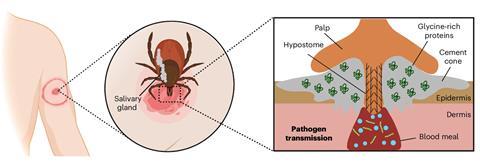
Liquid–liquid phase separation is a common process in cells and has previously been linked to the production of strong bioadhesives under certain environmental triggers that promote liquid-to-solid transition – such as crosslinking, pH changes and evaporation. A peculiar protein family called glycine-rich proteins (GRPs) caught Deshpande’s eye and based on its sequence he was convinced that it should exhibit liquid–liquid phase separation. Deshpande then realised that GRPs are a main component of tick cement.
Sensing he was onto something, Deshpande reached out to Ingrid Dijkgraaf, a tick protein biochemist at Maastricht University. By chance, Dijkgraaf was already working on synthesising GRPs for an unrelated research project. ‘When I looked at the amino acid sequence, I immediately had the impression that it would be a challenge to synthesise it chemically, which it was indeed,’ she says.
Precious samples
However, Dijkgraaf was able to send Deshpande a small sample of the tick GRP – less than half a milligram – for his lab to begin biophysical experiments to determine if the protein did indeed undergo phase separation.
‘Working with such small quantities of proteins was a challenge, and while we couldn’t do some experiments because of it, we were able to come up with simple but effective experiments to use these precious samples,’ explains Deshpande.
The first experiments involved filming droplets of the protein evaporate in the presence of salts. These revealed a coffee-ring effect whereby the protein and salt particles concentrated to form condensate droplets at the evaporating boundary, effectively showing that phase separation had occurred.
Further experiments with GRP fragments and mutants explored what molecular mechanism drives the phase separation and which amino acids in the protein are responsible. Results revealed that the main cause of phase separation was cation–π electron and π–π interactions, primarily mediated by arginine and aromatic (phenylalanine and tyrosine) amino acid residues.
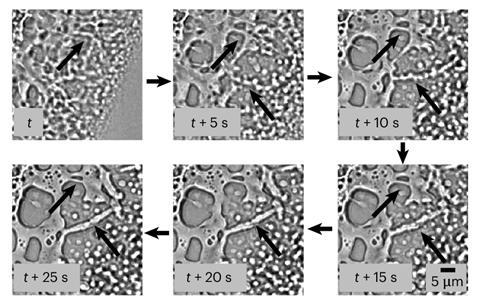
The team also observed GRP condensates age, becoming gel-like over time. This was confirmed with a biophysical technique that used a fluorescent GRP synthesised by Dijkgraaf’s lab to measure the recovery of a bleached area inside condensates, providing insight into the protein’s dynamics and interactions. Meanwhile, atomic force spectroscopy-based adhesion measurements showed that the condensates were sticky in nature.
Finally, the researchers collected ticks from a forest and dissected them to extract their salivary glands. ‘We were delighted to see the presence of protein-rich droplets in the saliva, hinting that what we were observing in a highly simplified system might also hold true in the natural system,’ says Deshpande.
Based on the biocompatibility and underlying mechanisms of GRPs, the researchers suggest that further work could enable applications, including medical sealants. Another possibility is the development of anti-tick vaccines or treatments that stop ticks being able to stick and thereby prevent tick-borne diseases in animals and humans. ‘We have just scratched the surface,’ says Deshpande.
‘This is a really nice paper and a significant step forward in our understanding of how long-feeding ticks succeed in hanging onto their victims,’ comments Pat Nuttall, who investigates tick saliva and its role in disease transmission at the University of Oxford, UK. She agrees that the bioadhesive properties of GRPs could potentially find biomedical applications in surgery and cosmetics. However, she suggests it’s too soon to talk about anti-tick treatments because the cement cone is a complex structure. ‘Exploring the application of these proteins to control ticks requires further studies on their interaction with hundreds of other proteins and non-peptidic molecules secreted in tick saliva,’ she adds.
References
K A Ganar et al, 2024, Nature Chemistry, DOI: 10.1038/s41557-024-01686-8
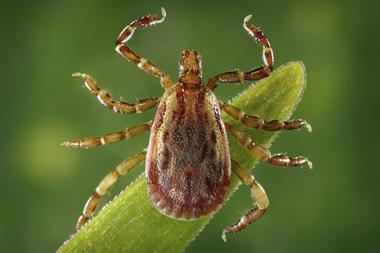
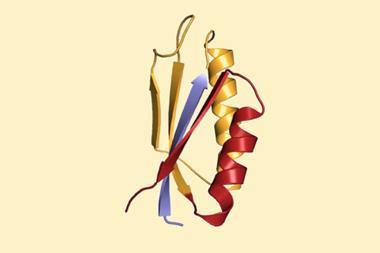






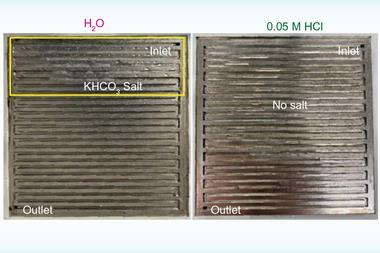

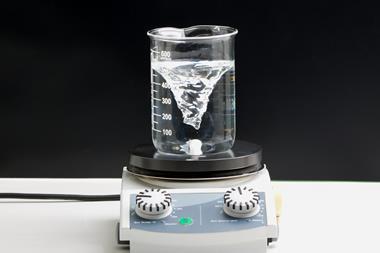
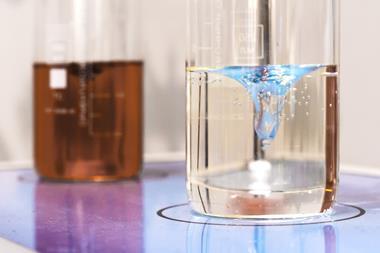
No comments yet